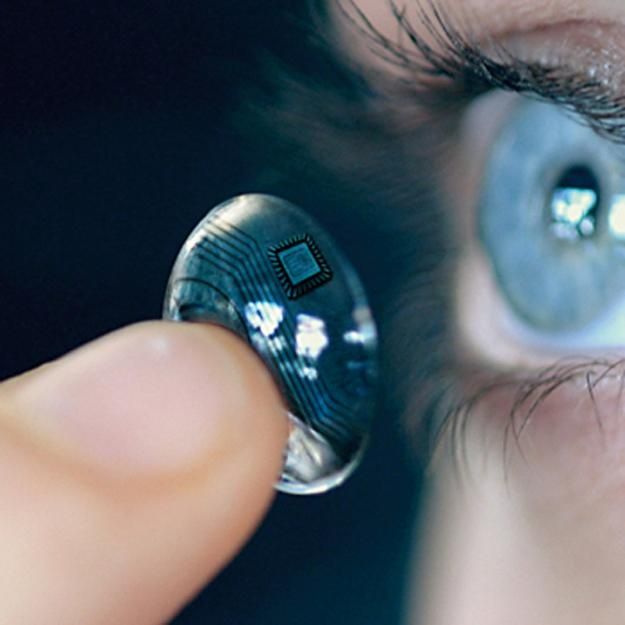Panasonic PAN B611-1 Bluetooth Module Ushers in a New Era of Wireless Connectivity
In an era of rapid growth for smart homes, industrial IoT, and wearable medical devices, communication speed and reliability between devices are becoming increasingly critical. Imagine your smart lights, air purifiers, or industrial sensors not only talking to each other but doing so efficiently and accurately, while remaining compact and space-saving. Panasonic's next-generation Bluetooth module, PAN B611-1, is designed precisely to meet these demands. It combines powerful wireless communication capabilities with a flexible design, offering unprecedented possibilities for device manufacturers.

Although small in size, Panasonic's module packs impressive functionality. Measuring just 10.35 mm x 9.8 mm x 1.9 mm, roughly the size of a fingernail, it performs functions traditionally requiring much larger spaces. This compact design gives engineers greater freedom in device layout, making it especially suitable for slim, compact smart home appliances and wearable devices. One of PAN B611-1's standout features is its excellent wireless communication performance. It supports the latest Bluetooth standards and advanced channel detection, enabling precise distance measurement and more stable data transmission. In other words, your smart home devices can maintain reliable connections over longer distances while reducing signal interference, ensuring dependable information transfer.
Beyond communication, PAN B611-1 incorporates clever hardware design. Each pin is thoughtfully positioned: some on the module's edge for easy soldering and rapid prototyping. Others on the underside to fully utilise space without increasing thickness. This design allows engineers to develop prototypes or small-batch productions quickly without expensive equipment or complex processes. The module also supports cost-effective dual-layer PCB designs and optical inspection methods, making high-precision production accessible even to small and medium-sized enterprises. Compared with traditional modules requiring costly X-ray inspection, PAN B611-1 clearly lowers R&D and manufacturing barriers.

Despite its small size, PAN B611-1 delivers significant processing power. It features a high-performance embedded processor running at up to 128 MHz, with ample RAM and storage to handle complex tasks. Whether executing sophisticated algorithms or running real-time control programs, the module is capable. This enables devices to perform more intelligent computations locally, reducing reliance on cloud servers, minimising latency, and cutting data transmission costs. For example, a smart sensor can analyse environmental data on-site and react instantly, while a fitness tracker can process health and activity data in real time, delivering immediate feedback to the user

Standardisation in smart home ecosystems is a key industry trend, and PAN B611-1 is designed to support this. It is compatible with the Matter platform, enabling seamless interconnection of devices across multiple manufacturers and brands. This means your smart lights, door locks, air conditioners, and more can integrate easily into a unified control system, enhancing the user experience. Additionally, the module supports a wide range of wireless protocols in the 2.4 GHz band, giving developers greater flexibility. Whether for traditional Bluetooth Low Energy connections or more complex mesh networks, PAN B611-1 handles it with ease, providing a solid foundation for device interoperability.
Panasonic PAN B611-1 Bluetooth module achieves powerful functionality in a small footprint and combines high performance with low power consumption, integrating wireless communication, processing capabilities, and multi-protocol support. It is suitable not only for smart home and wearable devices but also for complex industrial, medical, and energy management applications. For device manufacturers, it represents an ideal choice for reducing R&D costs, increasing development flexibility, and accelerating time-to-market. In today's world of exponentially growing smart devices, PAN B611-1 makes connectivity easier, more precise, and more efficient, laying a strong foundation for the future of wireless interconnection. Whether in homes, offices, industrial sites, or healthcare environments, this module is poised to become an indispensable "neural hub" for intelligent devices.
(Writer:Ganny)





